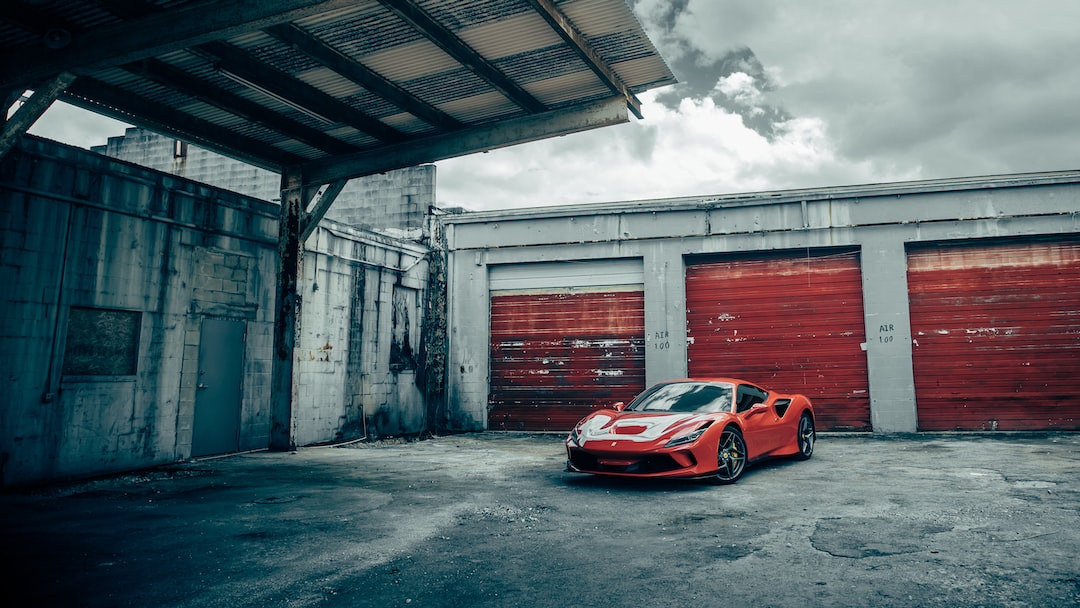The automotive industry has been evolving rapidly over the past few decades, with advancements in technology, design, and sustainability. However, one crucial driving force behind these changes is the influence of consumer demand. The preferences and needs of consumers play a significant role in determining the trends that shape the automotive landscape.
One of the strongest influences on consumer demand is the increased focus on sustainability. As concerns about climate change and environmental impact grow, automakers are increasingly producing electric and hybrid vehicles to meet the demand for eco-friendly transportation options. Consumers are now more inclined to choose vehicles with low carbon emissions, fuel efficiency, and renewable energy sources. This shift in consumer demand has led to more companies investing in electric vehicle technology, resulting in a surge in electric car models entering the market.
Additionally, the desire for advanced safety features has significantly impacted automotive trends. Consumers are now more aware of the importance of safety in vehicles and are demanding features such as advanced driver-assistance systems (ADAS), blind-spot detection, and lane-keeping assist. Automakers have responded to this demand by incorporating these features into their new models, enhancing vehicle safety and preventing accidents. This trend has also paved the way for the development of autonomous vehicles, which aim to further improve safety on the roads.
Moreover, consumer demand for connectivity and technology integration has transformed the automotive industry. The rise of smartphones and the internet has created a desire for vehicles that seamlessly integrate with these devices. Automakers are now equipping their vehicles with infotainment systems that support hands-free calling, navigation, and music streaming. Furthermore, consumers expect their vehicles to have cutting-edge technology features, such as wireless charging pads, voice assistants, and Wi-Fi connectivity. The demand for connected cars is forcing automakers to adapt and innovate, making technology integration a crucial aspect of today’s automotive trends.
In recent years, consumers have also shown a growing interest in vehicle customization. Automakers are offering more options for consumers to personalize their vehicles, such as choosing unique paint colors, interior finishes, and customizing features based on individual preferences. This demand for customization has led to the emergence of limited edition models and exclusive trims, catering to the unique tastes of consumers. The automotive industry is adapting to this trend by embracing the concept of individuality, granting consumers the freedom to create a vehicle that truly reflects their personality and lifestyle.
Finally, the rise of the sharing economy and changing lifestyles has influenced consumer demand for different vehicle types. With the popularity of ride-sharing services and urbanization, there is an increased demand for compact, fuel-efficient vehicles that are easy to park and maneuver in crowded cities. Additionally, there is a growing interest in alternative mobility solutions such as car subscriptions and car-sharing programs, as consumers seek the convenience of using vehicles only when needed rather than owning them outright. These changes in consumer behavior have prompted automakers to develop smaller, more economical vehicles that cater to the evolving needs of urban dwellers.
In conclusion, consumer demand is a driving force behind the automotive trends we see today. The push for sustainability, safety, connectivity, customization, and urban mobility has shaped the industry’s focus on electric vehicles, advanced safety features, technology integration, vehicle personalization, and compact models. As consumer preferences continue to evolve, automakers must remain responsive to these demands to stay at the forefront of the automotive industry. By understanding and satisfying consumer needs, the industry will continue to progress and innovate, creating a more sustainable and customer-centric future.

